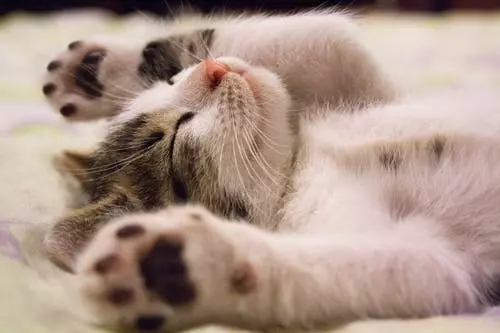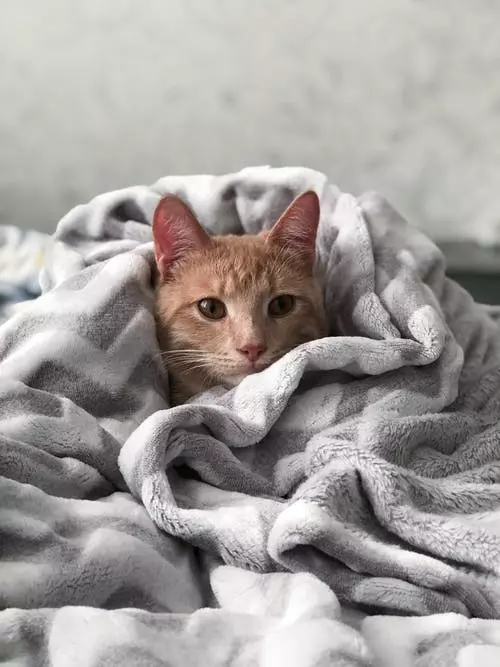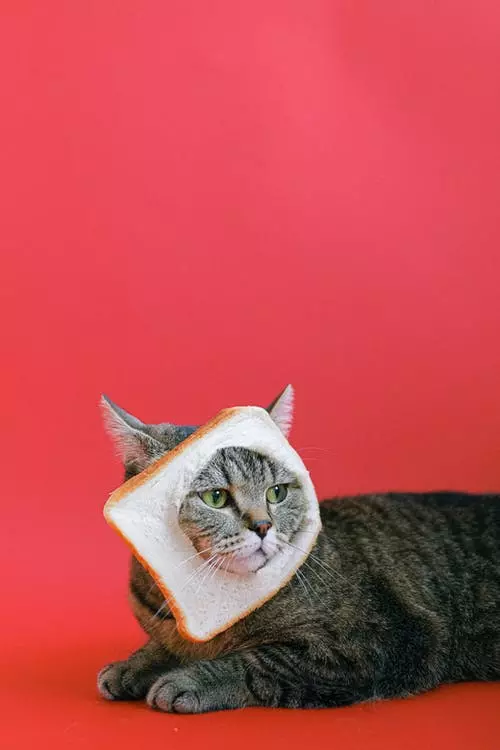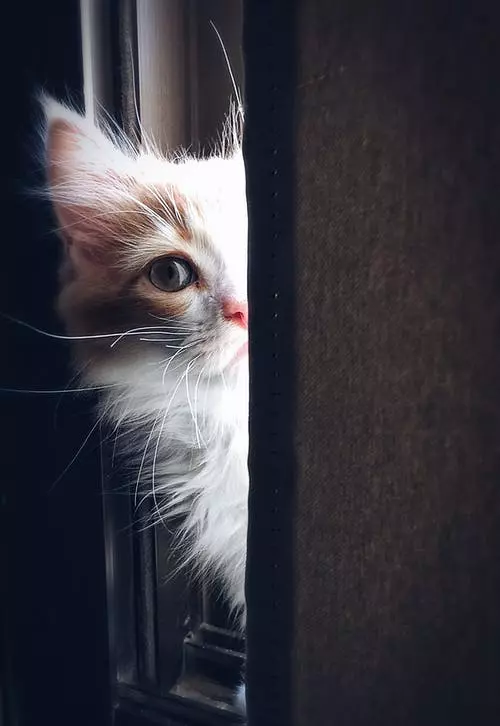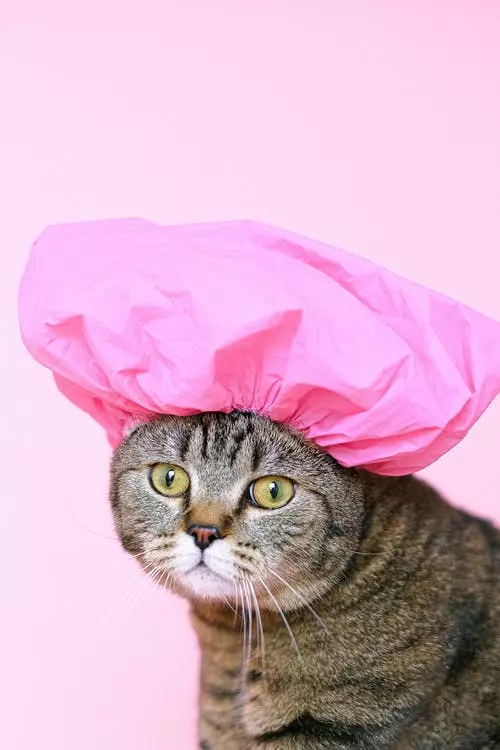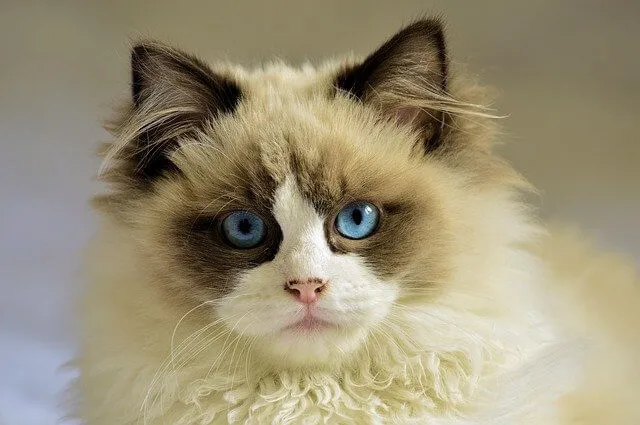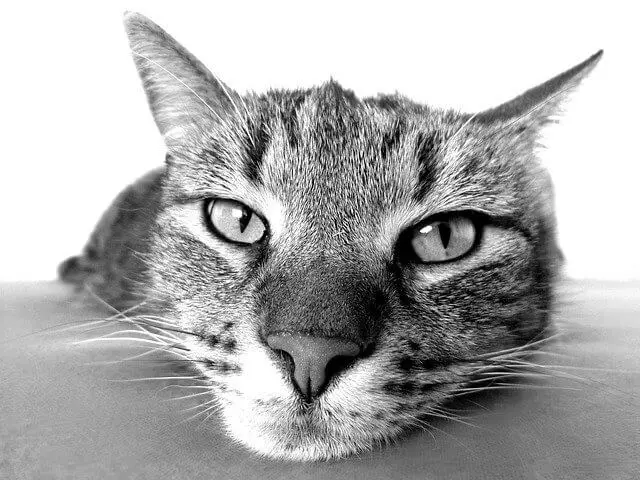Cats are known for their unique behaviors and forms of communication. One of the most intriguing behaviors that cats display is headbutting, also known as bunting. While it may seem odd for humans, headbutting is actually a common way for cats to express affection and mark their territory. In this article, we will explore the science behind headbutting and delve into the reasons why cats use this behavior to show love.
What is headbutting?
Headbutting is a behavior in which a cat gently presses its head against an object, another cat, or even a human. It involves rubbing the scent glands located on the forehead, cheeks, and chin against the recipient. This action leaves behind pheromones, which are chemical substances that carry messages between cats. By headbutting, cats are essentially leaving their scent and marking their territory.
The purpose of headbutting
Headbutting serves several purposes for cats, including:
Bonding and affection: Headbutting is a way for cats to show affection and strengthen their bond with other cats or humans. By rubbing their scent on others, cats are essentially marking them as part of their social group.
Territorial marking: Cats have scent glands on their forehead, cheeks, and chin. When they headbutt objects, they leave behind their scent, effectively marking their territory. This behavior helps cats establish their presence and communicate with other cats.
Communication: Headbutting is a form of non-verbal communication among cats. By rubbing their scent on others, cats can convey information such as their social status, availability for mating, or to simply say “hello.”
The science behind headbutting as an expression of love
Although cats cannot speak our language, they have developed unique ways to express their feelings. Headbutting is one such behavior that demonstrates love and affection. Here’s the science behind it:
Scent communication: Cats have scent glands located on their forehead, cheeks, and chin. These glands produce pheromones, which are chemical signals that convey information to other cats. When a cat headbutts, it transfers these pheromones onto the recipient, effectively communicating its presence and affection.
Bonding and trust: When a cat headbutts, it is a sign that it trusts and feels comfortable with the recipient. By rubbing their scent on someone, cats are essentially saying, “You are part of my social group, and I trust you.” This behavior helps strengthen the bond between cats and their human companions.
Positive association: Headbutting is often accompanied by purring, kneading, and other signs of contentment. These behaviors release endorphins, which are feel-good hormones. Through headbutting, cats create positive associations and reinforce the bond with their loved ones.
FAQs about headbutting in cats
Q: Why does my cat headbutt me?
A: Cats headbutt to show affection, mark you as part of their social group, and establish a bond of trust.
Q: Is headbutting always a sign of love?
A: Yes, headbutting is generally considered a sign of love and affection. However, it can also serve as a territorial marker or a form of communication.
Q: Can all cats headbutt?
A: Yes, headbutting is a natural behavior exhibited by most cats. However, some cats may be more prone to headbutting than others, depending on their individual personalities.
Q: How can I encourage my cat to headbutt me?
A: Creating a safe and comfortable environment, spending quality time together, and providing positive reinforcement through treats or gentle strokes can encourage your cat to headbutt you.
Q: Are there any situations where headbutting should be discouraged?
A: While headbutting is generally harmless, it’s important to be mindful of a cat’s body language. If a cat seems anxious, scared, or displays aggressive behavior, it’s best to avoid headbutting until the cat feels more comfortable.
In conclusion, headbutting is a fascinating behavior that cats use to express love and affection. By understanding the science behind headbutting, we can better appreciate this unique form of communication and strengthen the bond we share with our feline companions. So, the next time your cat headbutts you, cherish the moment as a sign of their love and trust.


